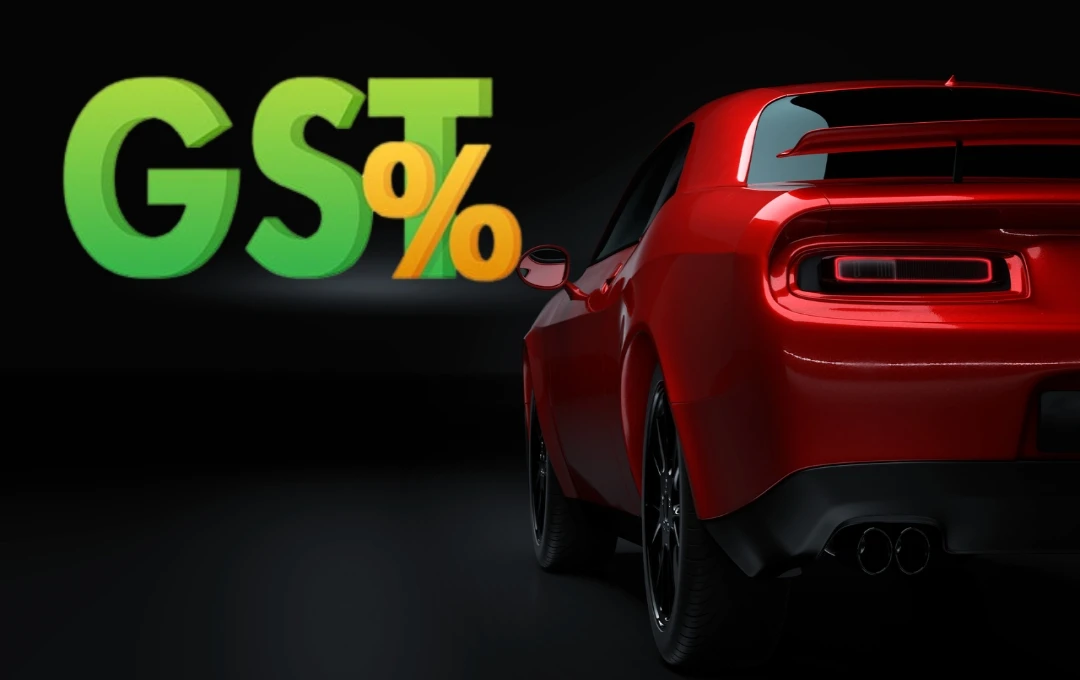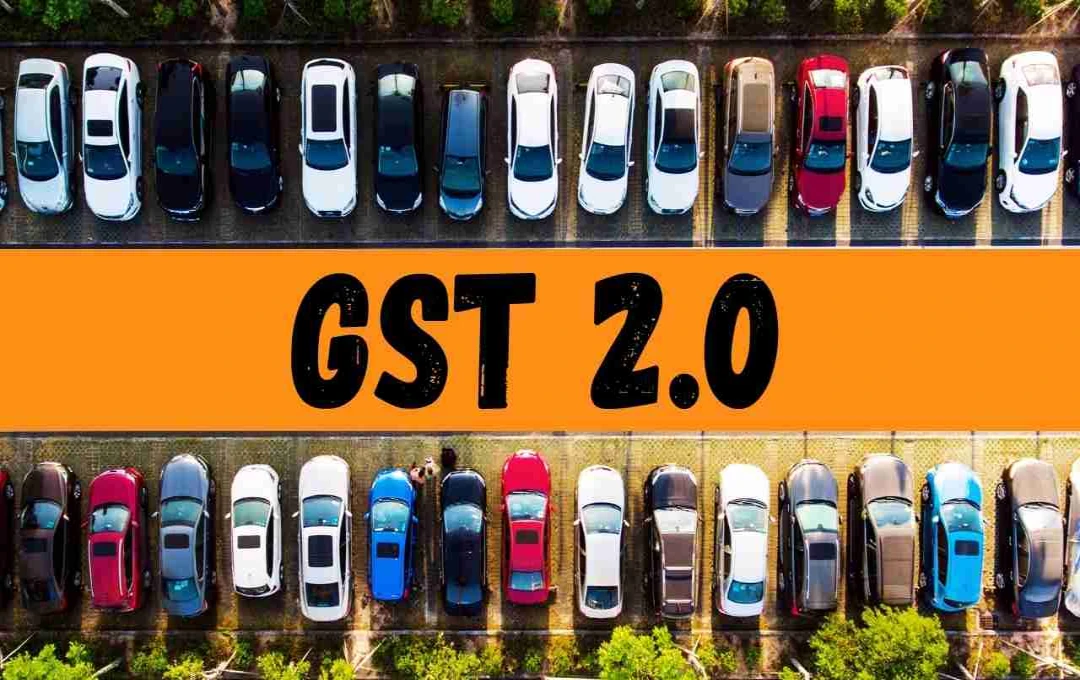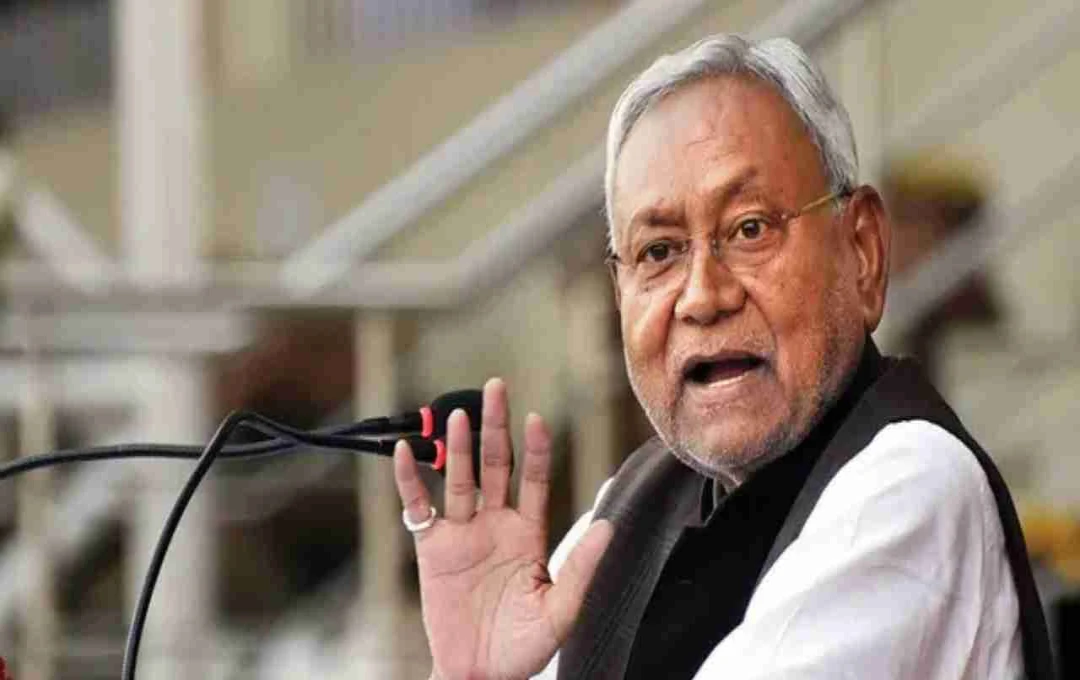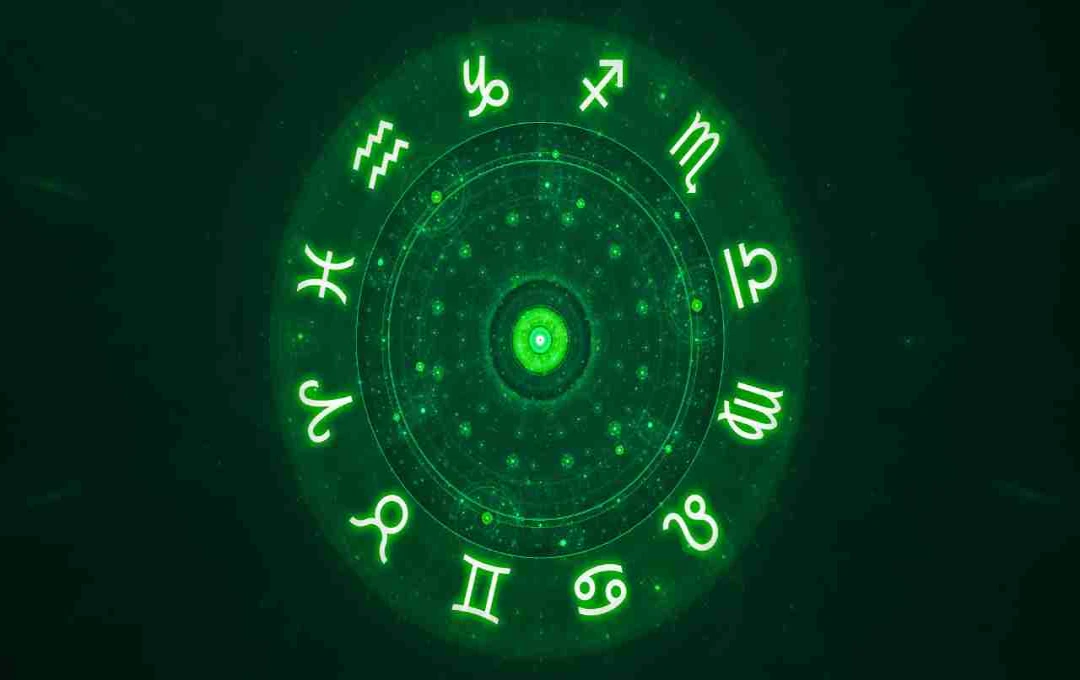The GST Council has made a significant change to the tax slabs, eliminating the 12% and 28% slabs. This will lead to reduced prices for small cars and two-wheelers due to lower taxes. Conversely, larger petrol, diesel, and luxury vehicles will now attract a direct 40% GST. This move is expected to provide relief to the middle class and inject new momentum into the automobile sector.
GST 2.0: In the 56th GST Council meeting, the government took a crucial decision impacting the automobile sector. Cars with a length of less than four meters and smaller engines, along with two-wheelers, will now be subject to lower taxes, making them more affordable. On the other hand, vehicles longer than four meters and those in the premium segment will be classified as luxury category, with a 40% GST imposed on them. This will make luxury cars like BMW and Mercedes, as well as SUVs like the Toyota Fortuner, more expensive, while buyers from the middle class will find relief in smaller vehicles.
Major Decision by the GST Council
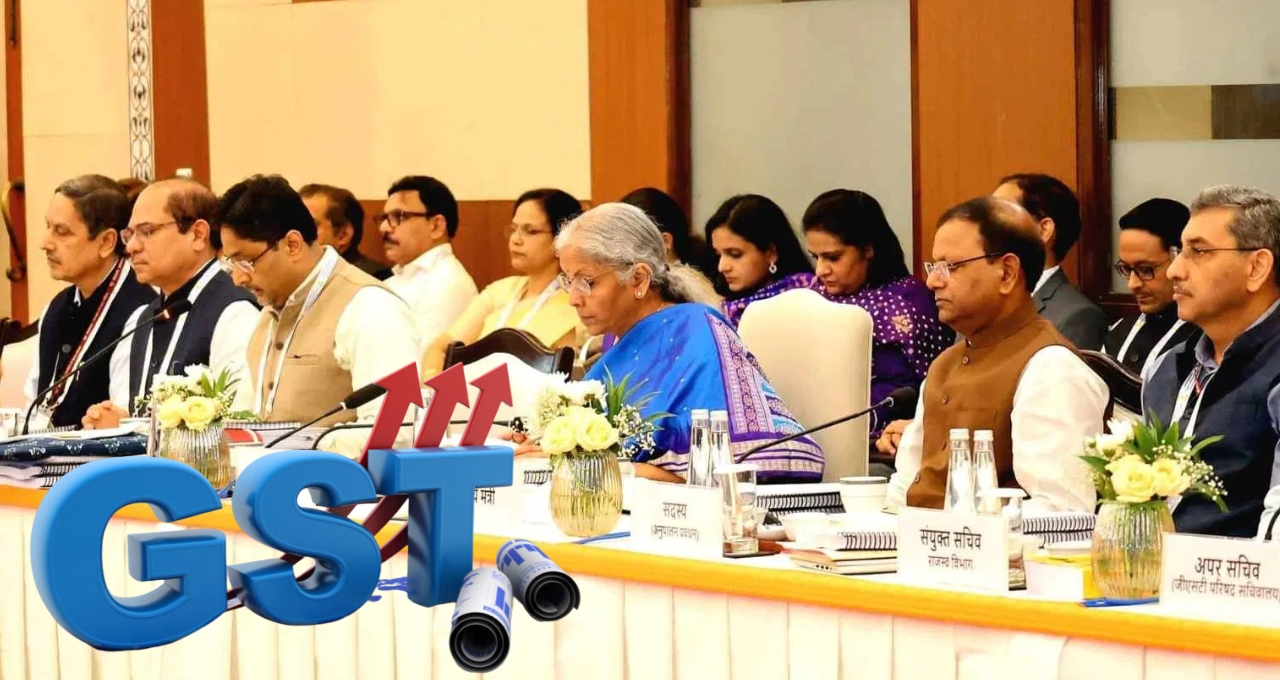
The reform announced by Prime Minister Narendra Modi last month has now been implemented. In the 56th GST Council meeting, the government abolished two major tax slabs, namely 12% and 28%. Now, only two main slabs remain: 5% and 18%. Additionally, a special tax slab of 40% has been created for luxury and sin goods.
Direct 40 Percent Tax on Luxury Cars
Under the new system, vehicles longer than four meters with petrol engines exceeding 1200cc or diesel engines exceeding 1500cc have been categorized as luxury goods. These will now attract a direct GST of 40%. Previously, these vehicles were subject to 28% GST plus a cess ranging from 1% to 22% depending on various categories. The cess has now been abolished, and only GST will be applicable.
SUVs, MUVs, MPVs, and XUVs with a length exceeding 4000 mm and a ground clearance of 170 mm or more are also included in this category. This will directly impact luxury vehicles such as BMW, Mercedes, and Audi. The new rate will also apply to popular SUVs like the Toyota Fortuner and Mahindra XUV700.
Relief for Smaller Vehicles
Middle-class buyers have been facing challenges due to continuously rising car prices. In the new system, vehicles with a length of less than four meters, including those with petrol engines up to 1200cc and diesel engines up to 1500cc, have become more affordable. Customers will directly benefit from the reduced tax on smaller vehicles.
The new rates will also affect two-wheelers. Two-wheelers will now attract lower GST, offering relief to customers looking to purchase motorcycles and scooters.
Status of Electric Vehicles
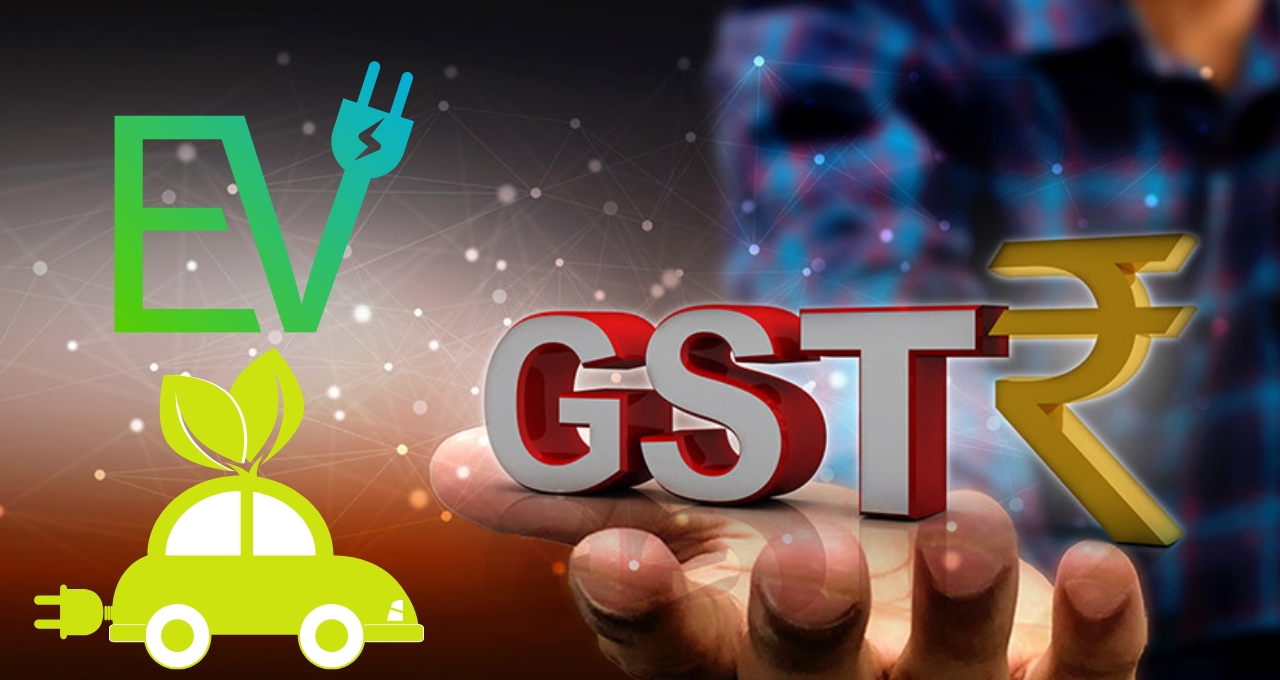
Previously, electric vehicles attracted only a 5% GST, and this rate remains unchanged. The new system could further improve the standing of electric vehicles, as their appeal will likely increase in comparison to petrol and diesel vehicles due to the revised tax structure.
Difference Between Old and New System
In the previous tax regime, all passenger vehicles were subject to 28% GST. On top of this, a cess of 1% to 22% was added based on engine size and body type, which made even small cars expensive. Now, the government has abolished the cess and will directly apply GST in its place.
The new system features only two main slabs: 5% and 18%. Additionally, a 40% tax will be applicable only on luxury and sin goods. This makes the tax structure simpler and more transparent.
